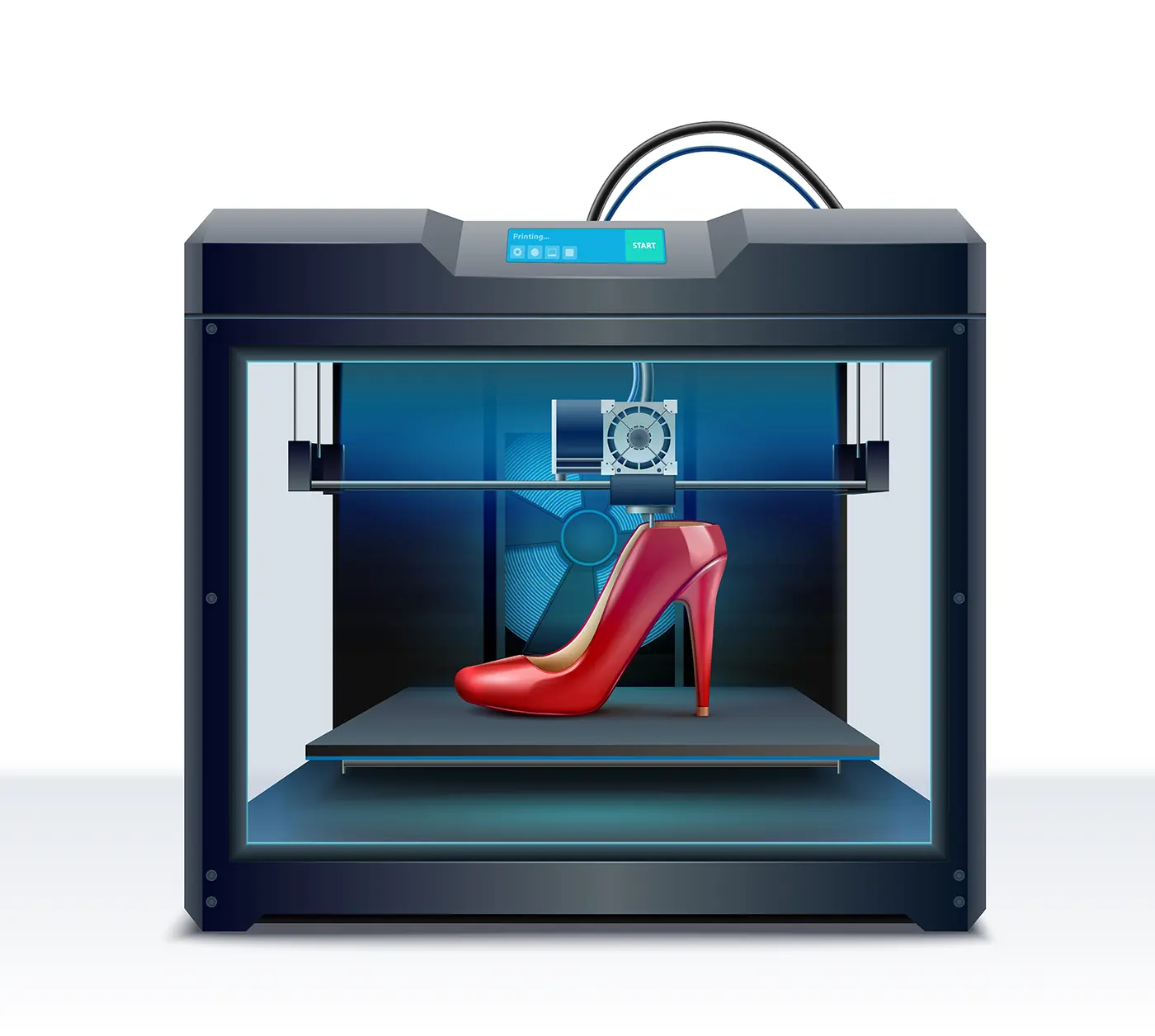Fashion runs on quicksand of constant change, but a new innovation surely will make the difference in this industry: 3D printing. Even though the technology of 3D printing has existed for several decades, application to designing and producing clothes is comparatively recent; it’s fast expanding. As designers and consumers alike dive head-first into the exciting possibilities of 3D printing for fashion, the possibilities for personalization, sustainability, and innovation of clothing are also becoming more apparent. The following looks at just how 3D printing is going to change how we interact with clothes in the future, and what that will mean both for the fashion industry and consumers.
The Perfect Fit: Personalization and Customization
Probably one of the most valuable advantages of 3D printing in fashion can be the making of personalized and customized pieces to fit each taste and measure. Unlike the more traditional methods dependent on standardized sizes and mass production, 3D printing will empower designers to design clothes which perfectly fit a particular body shape and style of every wearer.
This will, in turn, enable designers to employ 3D body scanning technology in collaboration with digital design software to design items of clothing that precisely match the shape and form of a wearer’s body. This level of personalization will ensure a perfect fit, enhancing comfort and confidence since it is fitted exclusively to their body. 3D printing also allows designers to make very complex geometries that could be tricky or impossible to make using traditional sewing. From highly sophisticated patterns and textures to revolutionary structural elements, 3D printing opens a completely new dimension for creative explorations, pushing the limits of what is possible in garment design.
Sustainable Future: Reduction of Waste and Environmental Impact
Besides custom fashion solution, 3D printing is promising to have great potential in making fashion more sustainable and reducing wastes in fashion. Generally, garments production involves huge amounts of wastes generated from the production of overstock, inventory left from the total sales, and waste materials.
Contrasting that, 3D printing does allow for production on demand, with the possibility of making apparel only when needed and exactly in the quantity required. This heavily reduces superfluous stocks and fabric wastes, hence reducing the environmental impacts due to conventional methods of manufacturing, including transportation and storage.
In addition, 3D printing allows designers to work in an environmentally friendly technology with recycled plastics, bioplastics, and natural fibers. With such sustainable materials, durable and high-quality clothes can be produced that are sensitive to the environment yet fashion-forward. By using recyclable and biodegradable materials, 3D printing minimizes environmental impacts from clothing production, giving new perspectives on sustainable fashion.
Innovative Leap: Experimentation and Innovation
Apart from personalization and sustainability, 3D printing in fashion fosters innovation and experimentation to go beyond the edge of what is possible in designing and making clothes. Designers experiment with new materials, techniques, and aesthetics. From that comes a wide variety of 3D-printed clothes challenging traditional notions of fashion and style.
From avant-garde couture art pieces to very wearable items with functionalities unparalleled, 3-D printing really empowers designers to create clothes that blur the line from art to function. Be it a dress with a geometric pattern in minute detail, or shoes whose soles are made to order for support, 3-D-printed fashion holds many creative ways and endless possibilities for self-expression.
3D printing enables consumers to be co-creators of design. Consumers can also contribute to the design process on online platforms equipped with designing tools and collaborate to create bespoke clothes that reflect their taste and individuality. The personalization at this level allows an experience that is unparalleled in uniqueness in fashion.
Conclusion: A Glimpse into the Future of Fashion
The more the technology of 3D printing evolves and becomes accessible, the more exponential will be its impact upon the fashion industry. From personalized solutions in fashion, sustainable manufacturing, innovative design possibilities, here are some of the ways that 3D printing will change the future of fashion:
It entails several drawbacks that need to be surmounted, such as cost, scalability, and material limitations. Its potential benefits within the fashion sector cannot be denied. From perfectly fitted garments to reductions of waste, from pushing the design envelope onward, 3D printing is going to change the way we think about clothing and what the future of fashion is as designers, manufacturers, and consumers move to embrace this technology.
